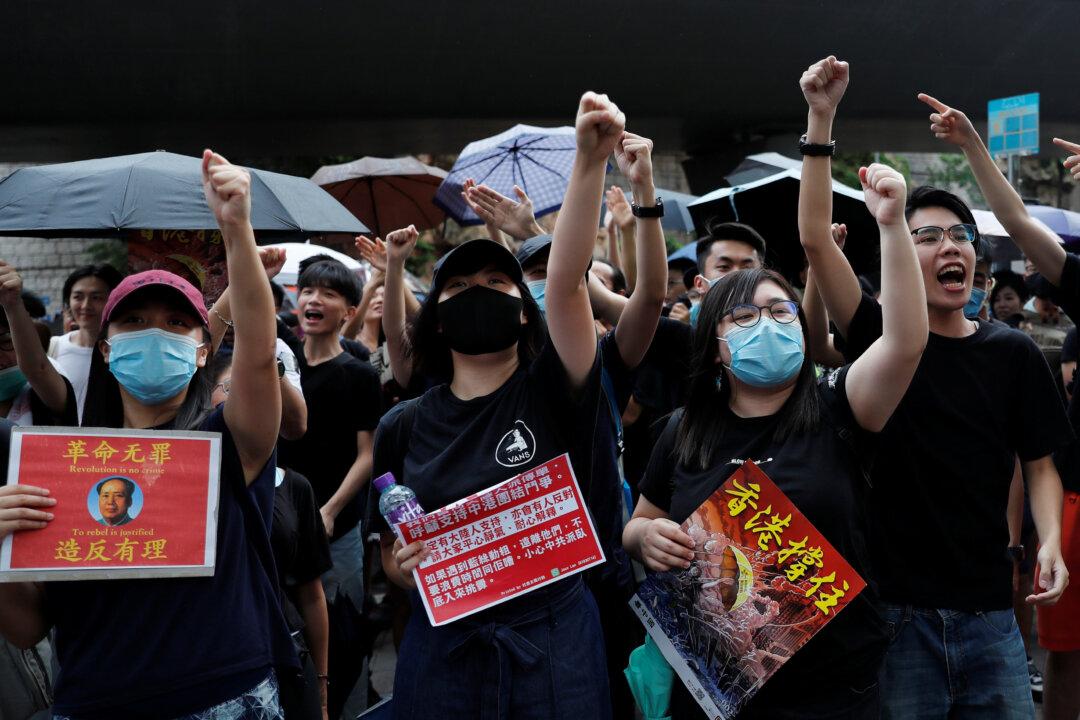HONG KONG—Hong Kong’s faceless protest movement is embarking on a bold new strategy that poses a direct challenge to the city’s political masters in Beijing: Activists want to export their “revolution” to mainland China.
China’s censors have gone into overdrive in the past month, blocking news of Hong Kong’s biggest and most violent protests in decades from filtering through to the mainland, where stability is the Communist Party’s overwhelming priority.





